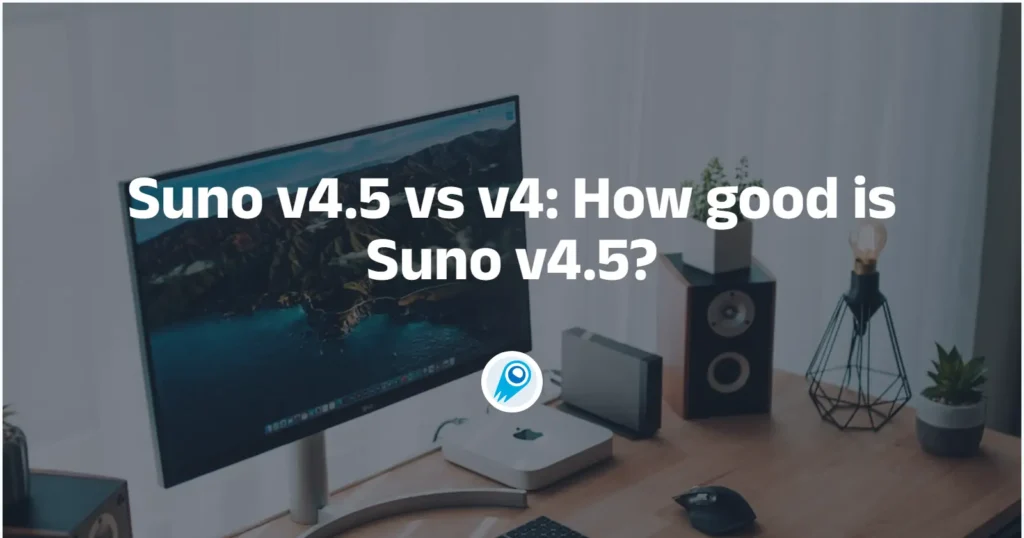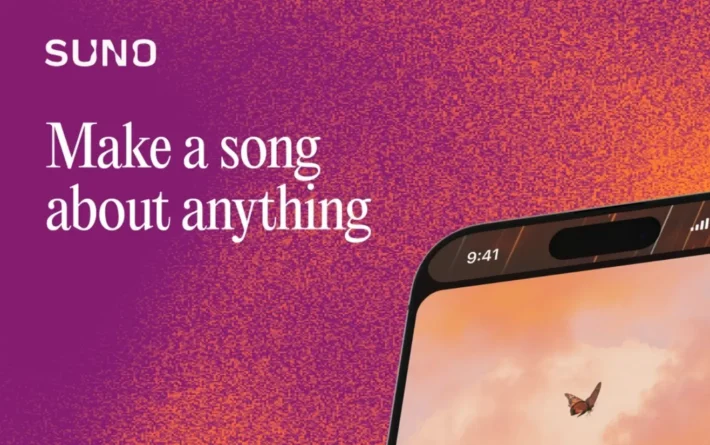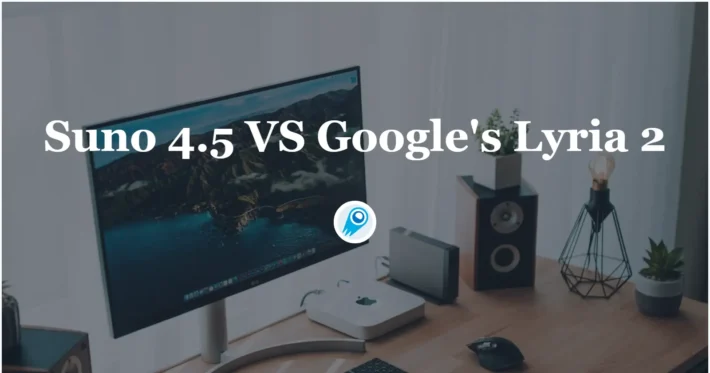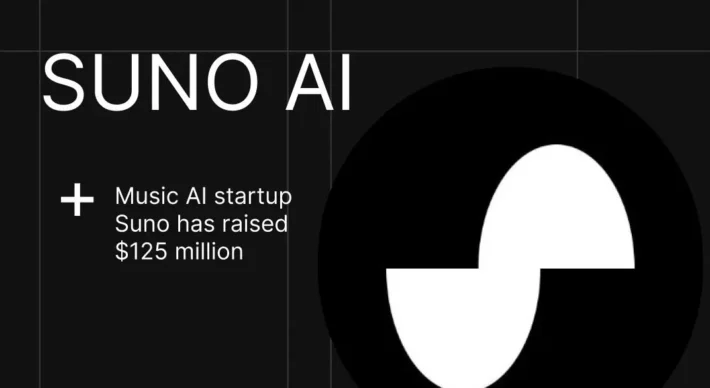Suno v4.5 vs v4: How good is v4.5?

In the rapidly evolving landscape of AI-driven music creation, Suno v4.5 represents a significant incremental leap over its predecessor, v4, by enhancing expressivity, genre flexibility, and vocal realism. Drawing on insights from official announcements and independent analyses, this article explores the contexts, core features, technical advances, user experiences, expert reviews, controversies, and future outlooks for Suno v4.5 versus v4. Collectively, these perspectives reveal how Suno continues to refine its generative model architecture to meet the creative ambitions of musicians and enthusiasts alike.
What are the release contexts for Suno v4 and v4.5?
Historical timeline of v4 rollout
Suno v4 was officially launched on November 19, 2024, marking a major upgrade from the earlier v3 model by introducing high-quality audio synthesis, integrated lyric generation, and remastering capabilities for existing tracks . The release expanded the platform’s subscription tiers to include free, Pro, and Premier plans, with v4 features—such as custom lyric prompts and extended track durations—available to paid users. Early adopters praised v4’s ability to generate full instrumental pieces and vocal performances, setting a new bar for text-to-music AI technology.
Official launch of v4.5
On May 1, 2025, Suno introduced v4.5 in a beta rollout for Pro and Premier subscribers, positioning it as “our newest and most expressive model” with enhancements in dynamics, genre precision, and vocal richness. The company published detailed release notes on May 2, 2025, highlighting expanded genre libraries and a “Creative Prompt Boosting” helper tool to guide users in crafting more sophisticated prompts . Industry observers—including TechRadar—reported that the update was the “biggest AI music update yet,” underlining Suno’s commitment to iterative improvements.
How do the core features differ between v4 and v4.5?
Genre variety and mashup capabilities
Suno v4 supported dozens of genres, enabling users to generate music ranging from classical to electronic, yet users occasionally noted fuzzy boundaries when blending disparate styles. In contrast, v4.5 expands genre support with “way more genre options” and significantly smarter mashup algorithms that seamlessly combine styles—such as midwest emo + neosoul or EDM + folk—without jarring transitions . According to Suno’s official blog, this improvement stems from retraining the model on a broader metadata-tagged dataset to deepen its understanding of nuanced genre characteristics.
Vocal quality enhancements
Although v4 introduced rudimentary vocal synthesis, critics pointed out robotic artifacts and limited expressiveness in lyrics and melodies. Suno v4.5 addresses these shortcomings by incorporating advanced neural architectures tailored for vocal timbre diversity and better phoneme modeling, resulting in richer, more emotive voice performances that can convey subtle inflections and dynamics . Reports indicate that maximum song length has also doubled, allowing for extended vocal passages without degradation in fidelity .
In what ways has track length and production structure been extended?
Under v4, free accounts were capped at four‑minute tracks, and even subscribers found it challenging to generate cohesive compositions beyond that length without stitching multiple outputs . Version 4.5 doubles the maximum track length to eight minutes, enabling fully structured songs with multiple verses, choruses, and instrumental breaks in a single generation pass. Moreover, v4.5 introduces an “Extend” tool that seamlessly lengthens existing tracks while preserving thematic continuity, reducing the need for manual splicing and remastering
Prompt creation tools
With v4, crafting effective prompts required users to manually specify genre, mood, instrumentation, and lyrical themes—a process that could be daunting for newcomers. Version 4.5 introduces a “prompt enhancement helper,” a built-in assistant that transforms simple descriptive ideas into detailed instructions, thereby lowering the barrier to entry and empowering users to express complex creative visions with minimal effort . Early testers have praised this feature for its intuitive interface, which offers real-time suggestions and template-based guidance .
How has the user experience evolved from v4 to v4.5?
UI and workflow improvements
The v4 interface, while functional, was sometimes criticized for requiring multiple clicks and context switches to adjust settings, hindering creative flow . In v4.5, Suno has streamlined the user interface by consolidating style, genre, and lyric inputs into a single, cohesive panel and adding quick-action buttons for persona switching, cover variants, and track extension . Visual feedback enhancements—such as real-time waveform previews and adaptive color schemes—further contribute to a more immersive composition environment.
Accessibility and subscription tiers
Under v4, only paid subscribers could generate longer tracks and access advanced features like lyric editing, which limited experimentation for free users . While v4.5 remains gated behind Pro and Premier plans for full functionality, Suno has introduced trial “Creative Boost” credits for free users, enabling them to test v4.5 capabilities before committing to a subscription . This change reflects a strategic balance between monetization and community engagement, aiming to onboard more creators into the Suno ecosystem.
What technical improvements underpin v4.5 over v4?
Model architecture and training data adjustments
Suno v4 leveraged a transformer-based generative architecture trained on a corpus of licensed and public-domain recordings, with auxiliary lyric encoders to align text and melody. For v4.5, the team expanded the training set by 30%, incorporating newly licensed genre-specific datasets and fine-tuning on diverse vocal registers, resulting in improved cross-domain generalization and fewer genre misclassifications . Additionally, Suno implemented a dual-stage sampling algorithm that decouples harmonic progression from rhythmic generation, enabling more dynamic and coherent compositions .
Performance metrics and benchmarks
Benchmarking data released alongside v4.5 indicates a 25% reduction in genre classification error rates and a 40% improvement in vocal naturalness scores—measured via Mean Opinion Score (MOS) evaluations conducted by independent audio experts . Latency metrics have also improved, with average track generation time falling from 45 seconds in v4 to 30 seconds in v4.5 on identical hardware configurations, enhancing real-time creative workflows .
What challenges and controversies are associated with v4.5?
Legal and copyright considerations
Since its inception, Suno has faced copyright lawsuits from major collecting societies and record labels, alleging unauthorized use of copyrighted recordings in training data. These legal pressures intensified in mid-2024 and remain unresolved as of May 2025, posing risks to Suno’s distribution agreements and platform stability. While v4.5 incorporates safeguards—such as content-filtering algorithms and usage audits—the company’s policies on takedown requests and royalty frameworks are still under scrutiny .
Ethical implications of advanced AI music
Beyond legalities, ethical debates swirl around AI-generated music’s impact on creative labor markets. Critics argue that increasingly human-like vocals and sophisticated genre blending could devalue professional musicians’ work, while proponents suggest AI tools democratize music production and foster novel art forms. Suno’s v4.5 features—especially the prompt helper—have been both lauded for inclusivity and critiqued for potentially enabling content homogenization.
How should creators decide between using Suno v4 and v4.5 for their projects?
What performance versus control trade‑offs should be considered?
While v4 offers a stable, well‑tested foundation with proven remaster tools for legacy tracks, v4.5 provides greater expressive range and automation—at the cost of occasional artifacts in highly layered sections . Creators prioritizing maximum fidelity and minimal iteration may prefer v4, whereas those seeking to push creative boundaries or generate longer compositions will find v4.5 more suited to their needs.
How do subscription and cost factors influence the decision?
Both v4 and v4.5 are available under Suno’s tiered subscription model, with free accounts limited in track length and generation minutes, and paid plans unlocking extended capabilities like the eight‑minute cap and prompt helper. As v4.5 introduces additional premium features, prospective users should evaluate their budget and usage requirements, noting that early adopters may receive trial credits to explore the new tools .
What does the future hold for Suno and AI music generation?
With Suno already hinting at a v5 release and other competitors accelerating innovation, the AI music landscape is poised for rapid evolution. For creators, staying informed about both technical advancements and the shifting legal landscape will be essential to leveraging these tools responsibly and effectively in their workflow.
In sum, Suno v4.5 represents a meaningful advancement over v4, offering richer sound quality, more accurate genre emulation, superior vocal performance, and extended track capabilities—all wrapped in a more intuitive user interface. While ongoing legal and ethical concerns must be navigated carefully, v4.5 empowers musicians, producers, and content creators with unprecedented creative flexibility. As the industry continues to debate the implications of AI‑generated music, Suno’s latest update underscores both the promise and the responsibility that come with these transformative technologies.
Getting Started
CometAPI offer a price far lower than the official price to help you integrate suno API, and you will get $1 in your account after registering and logging in! Welcome to register and experience CometAPI.
You can see Suno v4.5 upgraded in CometAPI through seeing API doc. Let’s start looking forward to the wonderful music of suno 4.5!More details about Suno Music API.You can switch the suno API version through parameter control
Use method: Submit task interface where mv parameter controls suno version.Update the parameter version, the model call remains unchanged, change the parameter in mv to chirp-auk to access suno 4.5 in CometAPI.



